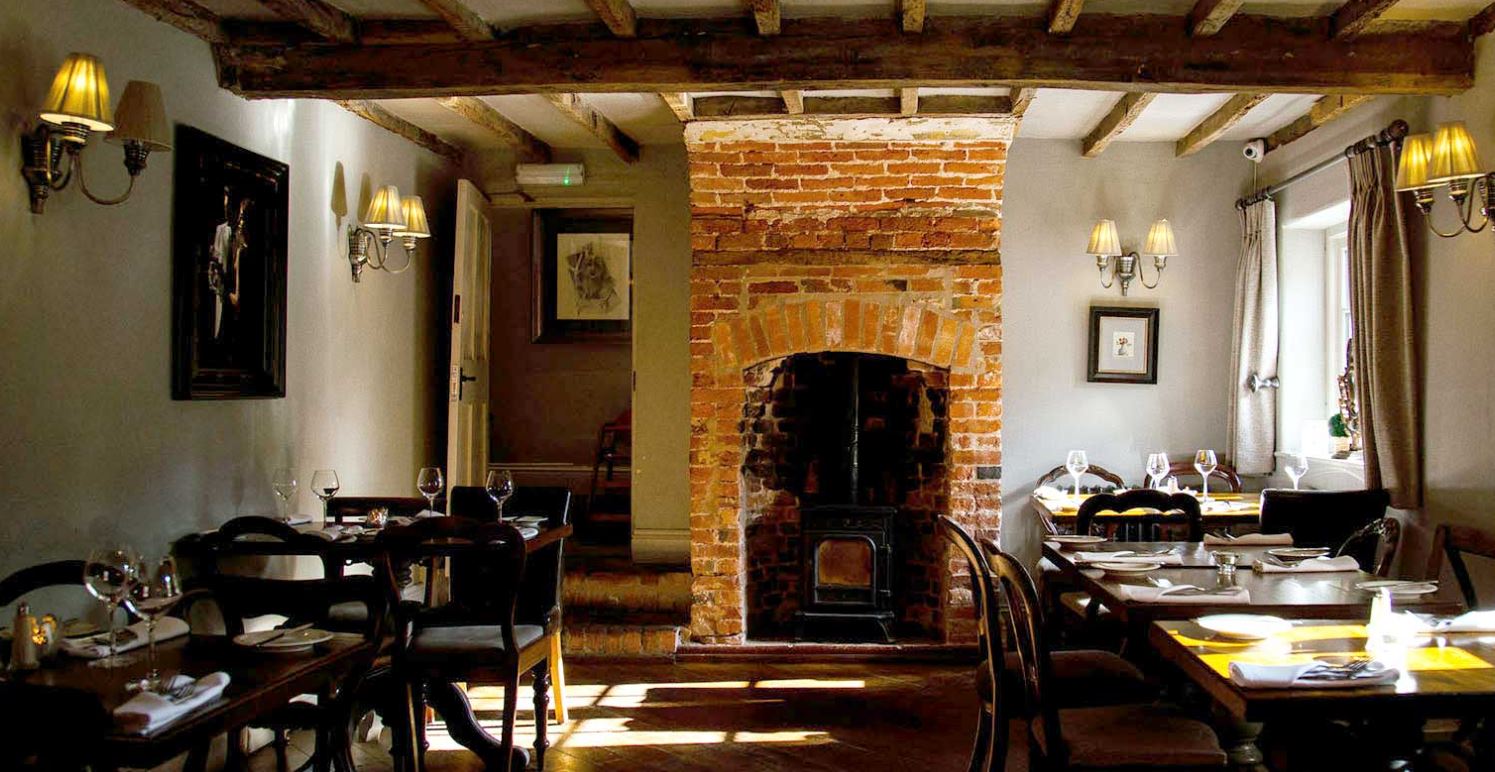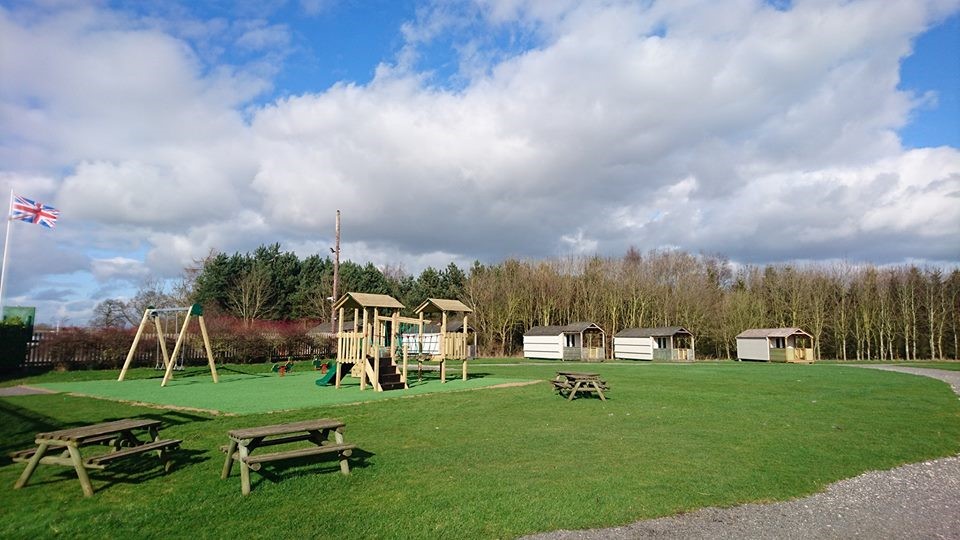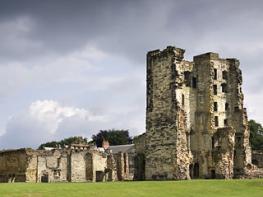Situated just next door to the popular Conkers visitor centre, YHA National Forest is ideal for…
The New National Forest

An introduction to a new forest taking shape in Leicestershire.
4 miles (6.4kms)
About the walk
The National Forest covers around 200 square miles (518sq km) of Leicestershire, Staffordshire and Derbyshire, and since its inception in the early 1990s more than 8 million of the projected 15 million new trees have been planted. Of course this is a long-term project, so don’t expect a continuous swathe of woodland across the East Midlands. The ambitious plan aims to blend pockets of ancient woodland, such as Charnwood and Needwood, with new broadleaved and coniferous plantations. Many of the new sites in northwest Leicestershire, like here at Willesley and Saltersford, are former coal mines that were abandoned after flooding, but the ensuing subsidence has since created artificial lakes or ‘flashes’, and large-scale reclamation projects have helped nature recolonise these former industrial zones.
From coal to conifers
Willesley Wood is centred on what was once Oakthorpe Colliery and is now owned by the Woodland Trust. It was where the very first tree of the new National Forest was planted, in 1991, since when more than 75,000 trees and shrubs have been introduced, mainly oak and ash, but also faster-growing trees like silver birch, cherry and willow. The native black poplar can be found here as well, and on the fringes of the woods you can find guelder rose, holly and field maple. The wetland areas that have been developed around and among the woods are also a valuable habitat, home to a range of birds and amphibians, while the shallow main lake has been stocked with carp, tench and pike.
It’s hard to imagine that this now green and leafy site was once a busy colliery, but in fact this has long been an industrial area. Coal was dug here as early as the 1400s when yeomen farmers made their living from a mix of agriculture and mining. The Leicestershire coal measures were active for many centuries, and although the deep mine at Oakthorpe Colliery closed in 1885, some opencast workings continued until as late as 1990.
A trail through the forest
Just to the west of Oakthorpe the trackbed of the Ashby and Nuneaton Joint Railway has been transformed into the Ashby Woulds Heritage Trail. This runs north via the former Donisthorpe Colliery (now converted into a woodland park) and the preserved Moira Furnace, built in 1806 for iron-making and now a fascinating visitor attraction. It ends close to the Conkers Discovery Centre, near Moira (follow the signs on the trail or road), which is where you can learn much more about the National Forest. The huge site includes interactive exhibits, craft workshops, outdoor woodland trails and assault courses. If your children still have surplus energy left after the walk, let them go bonkers at Conkers!
Walk directions
From the car park walk along the surfaced track as far as the site of the former colliery, with the two capped pit heads marked by concrete plinths in the middle of a grassy clearing. Go left and follow the unmade path through the trees, turning left at a junction to soon reach the partially wooded end of the lake.
On the far side turn right and walk along the open northern shore. Ignore the public footpath off to the left and continue beyond the water to fork left alongside a recently planted area. At the end of the plantation turn sharply right and walk past the notice board (explaining that the local Royal British Legion has created this new grove as an area of remembrance) and ahead for a firm woodland path beyond a small fence gap.
On the far side of the woods go straight out along a wide grassy ride (not right, beside the woods), then in 50yds (46m) branch first right. Ignoring a fork to the left, continue to the end and turn left on to another grassy track. At the top of this go right, along a narrow path beside gorse and bracken that opens out into the long and straight Pastures Lane.
At the very far end cross Measham Road and go along the pavement of New Street. Turn right at the end, opposite The Holly Bush pub, then branch off ahead/right down Canal Street. At the turning bay at the end turn right on a public footpath along the bottom of a rough field. Halfway across go through the gate on the left for a path through the trees into Saltersford Valley Picnic Area.
When you reach the main track turn left for the easy there-and-back loop of the woodland and lakes. Once you have completed the short circuit follow the main track to the circular car park and out on to Measham Road. Cross over to the pavement and turn right, then just past the 30mph sign, turn left for a public footpath across fields.
Head diagonally left through the second field, aiming for the yellow-topped post on the far side, then walk alongside the fence past Lowlands Farm. Continue on a narrow, waymarked path between hawthorn trees to the left of a small lake. Beyond the stile at the far end turn left for the path past the former pit heads and back to the car park.
Additional information
Woodland and field tracks, several stiles
Mixed woodland and landscaped parks
Very good throughout, but careful on roads
OS Explorer 245 The National Forest
Oakthorpe picnic area, Ashby Road, off B586 at Donisthorpe (closes 4pm October–March, 7pm April–September)
None on route (nearest in Ashby-de-la-Zouch)
WALKING IN SAFETY
Read our tips to look after yourself and the environment when following this walk.
Find out more
Also in the area
About the area
Discover Leicestershire
Leicestershire is divided between the large country estates of its eastern side and the industrial towns of the East Midlands to its west. Coal mining was an important part of the county’s industrial development in the 19th and 20th centuries. This is reflected in its heritage, including a reclaimed mine near Coalville, now divided between a nature reserve and Snibston Discovery Park, where families can learn about the mining industry. Meanwhile, agricultural areas are concentrated around the pleasant market towns of Market Harborough and Market Bosworth.
The county’s administrative centre is the city of Leicester, and other major towns are Loughborough, which includes bell-founding among its many industries, and Melton Mowbray, home of Stilton cheese and a particularly English item, the pork pie. One shop in Leicester has been specialising in this meaty delicacy since 1851. Northeast of Melton Mowbray is the lovely Vale of Belvoir, beneath which are large deposits of coal.
Charnwood Forest, with fewer trees than one would expect, provides a wild and rugged landscape conveniently situated for escape from the city. It lies to the northwest of Leicester extending to Loughborough and Coalville, with some interruptions.
Nearby stays
Restaurants and Pubs
Nearby experiences
Recommended things to do
Why choose Rated Trips?
Your trusted guide to rated places across the UK
The best coverage
Discover more than 15,000 professionally rated places to stay, eat and visit from across the UK and Ireland.
Quality assured
Choose a place to stay safe in the knowledge that it has been expertly assessed by trained assessors.
Plan your next trip
Search by location or the type of place you're visiting to find your next ideal holiday experience.
Travel inspiration
Read our articles, city guides and recommended things to do for inspiration. We're here to help you explore the UK.













